23 July 2015
Domes galore: Obsidian Dome, Long Valley
Posted by Jessica Ball
For the final dome in our volcanology day back in my May Long Valley field trip, the W&M students and I took a short hike up to Obsidian Dome. The Obsidian, Glass Creek and Deadman Creek domes all erupted around 1350 CE, which makes them some of the youngest features in the Long Valley area. The three domes are aligned north-south and probably all erupted from the same dike, which actually crosses the topographic boundary of the Long Valley caldera (Obsidian Dome is outside, while the other two are inside).
Obsidian Dome is one of the most accessible lava domes I’ve ever visited – if it wasn’t for that gate, you could drive up onto it! It appeared there had been some quarrying going on at one point because there are a couple of nice flat roads on top of the dome. I’d guess they were after the pumice, but it would be awfully hard to separate it out from the obsidian – which is not a really great road material.
At any rate, it makes for an excellent field trip stop. The dome itself is an interesting shape: instead of being really rounded on top and relatively high-profile, it’s much more pancake-shaped, with fairly steep sides but a broad flat top.
Of course, with lava domes ‘flat’ is a relative term. The un-bulldozed areas of the dome were plenty rugged, with some of the same fracturing and spiny features we saw at Panum Dome.
Obsidian dome is, like all the domes in Long Valley, a rhyolite. It’s rich with both vesicular pumice and non-vesicular obsidian, which make for striking banding between the grey and pink pumice and the black obsidian. They’re very apparent in outcrop, and even in hand sample.
At the other domes in the area there are actually two different magmas that create textures like this – the crystal-rich pumice comes from one magma supply, while the crystal-poor obsidian comes from another one. At those domes, the magmas mingled, which occurs when two different compositions of magma combine physically but still retain their original geochemical and petrological signatures. If the magma had mixed, it would have combined physically and chemically until it was only possible to tell from the geochemically unhappy phenocrysts in thin section. (You tend to get disequilibrium textures then.)
I only prattled on for a bit about magma mingling because, let’s face it, it’s way more fun to look for awesome hand samples of obsidian and take group photos with beautiful scenery. And thus ended our dome tour!
Additional Reading:
Vogel et al. 1989, Petrology and emplacement dynamics of intrusive and extrusive rhyolites of Obsidian Dome, Inyo Craters Volcanic Chain, eastern California: JGR Solid Earth, v. 94, no. B12, p. 17937-17956.


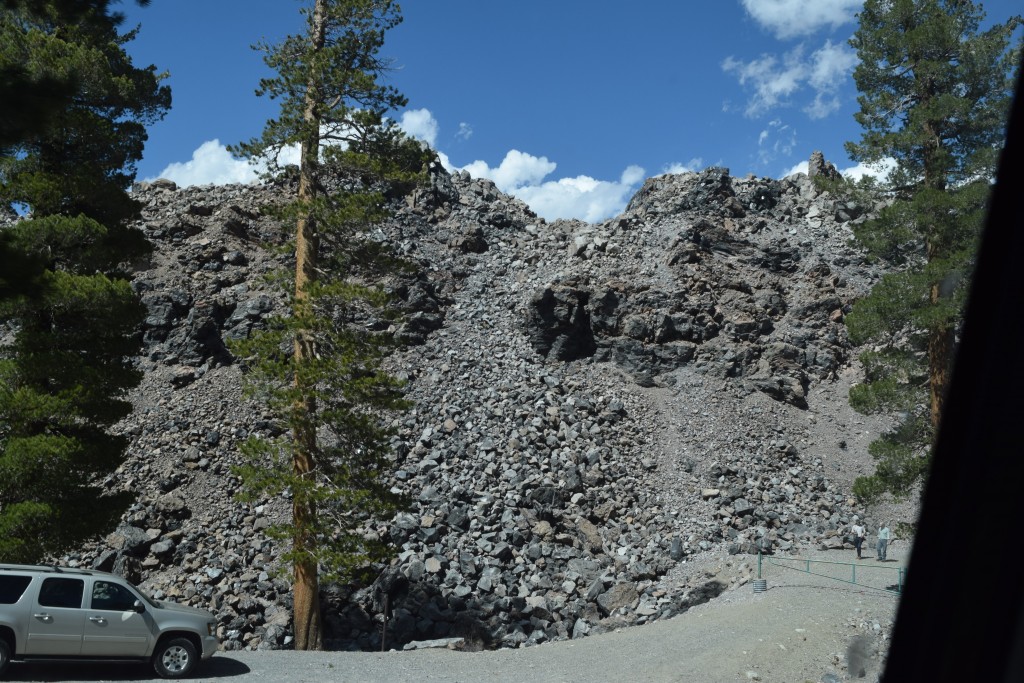
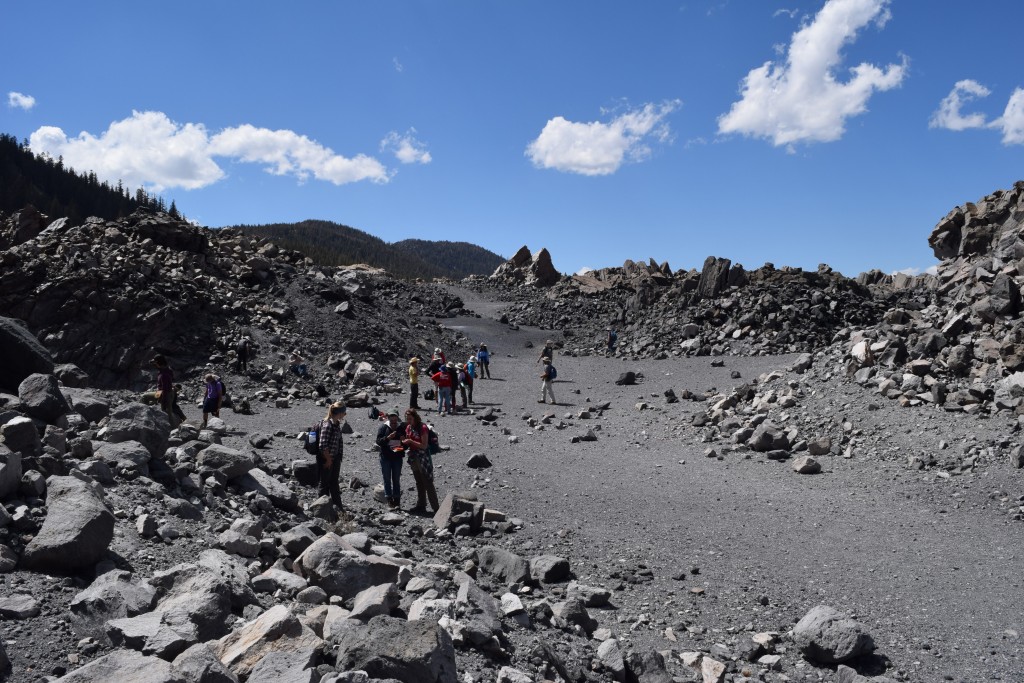
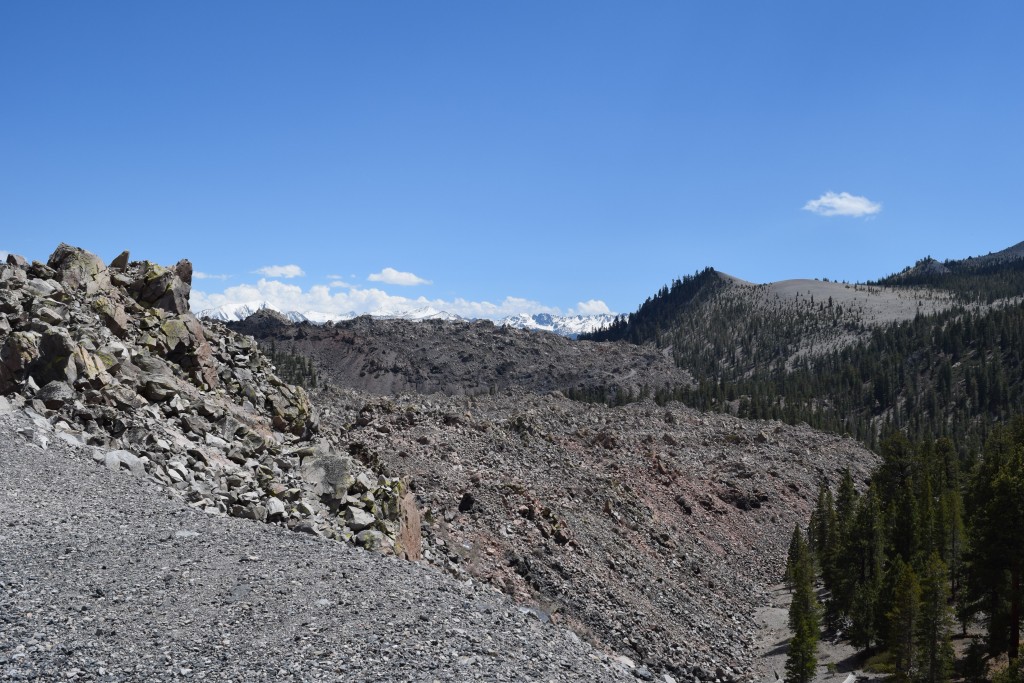
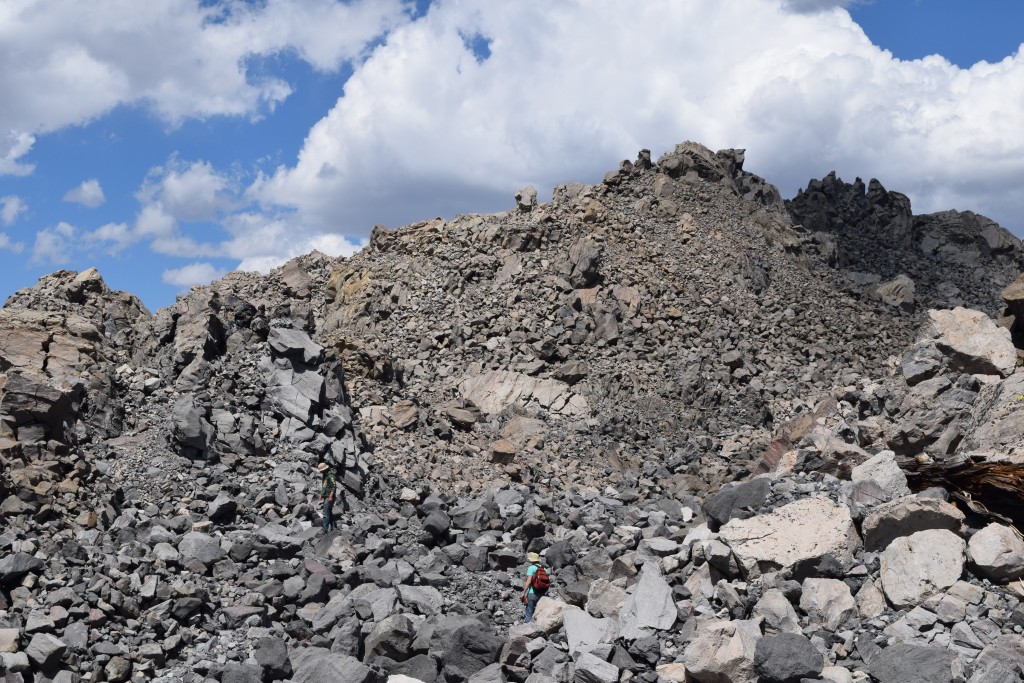
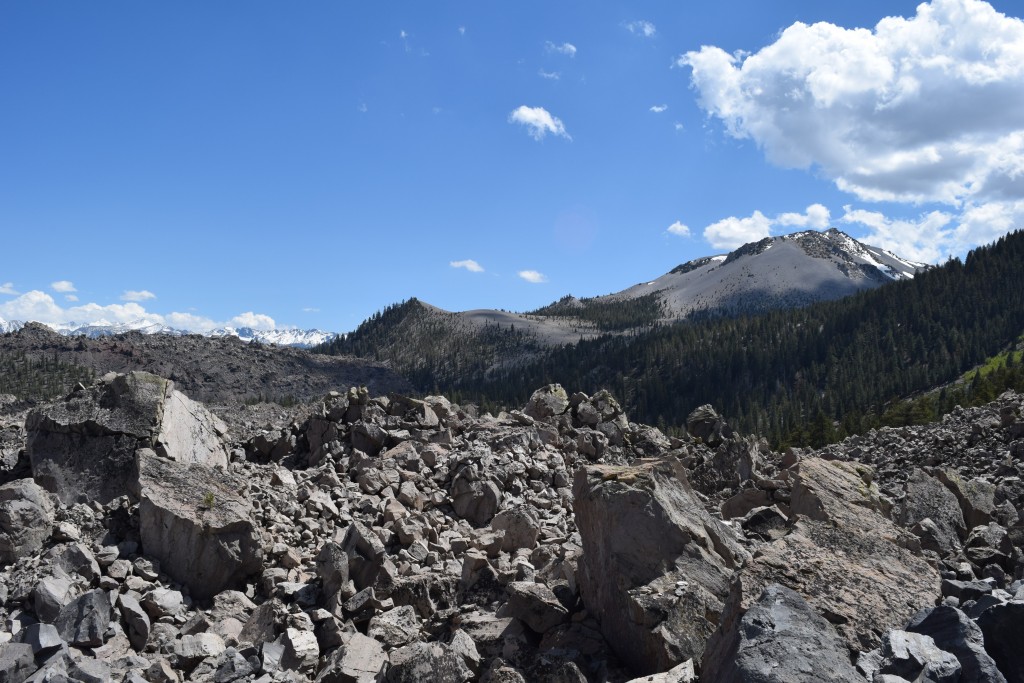

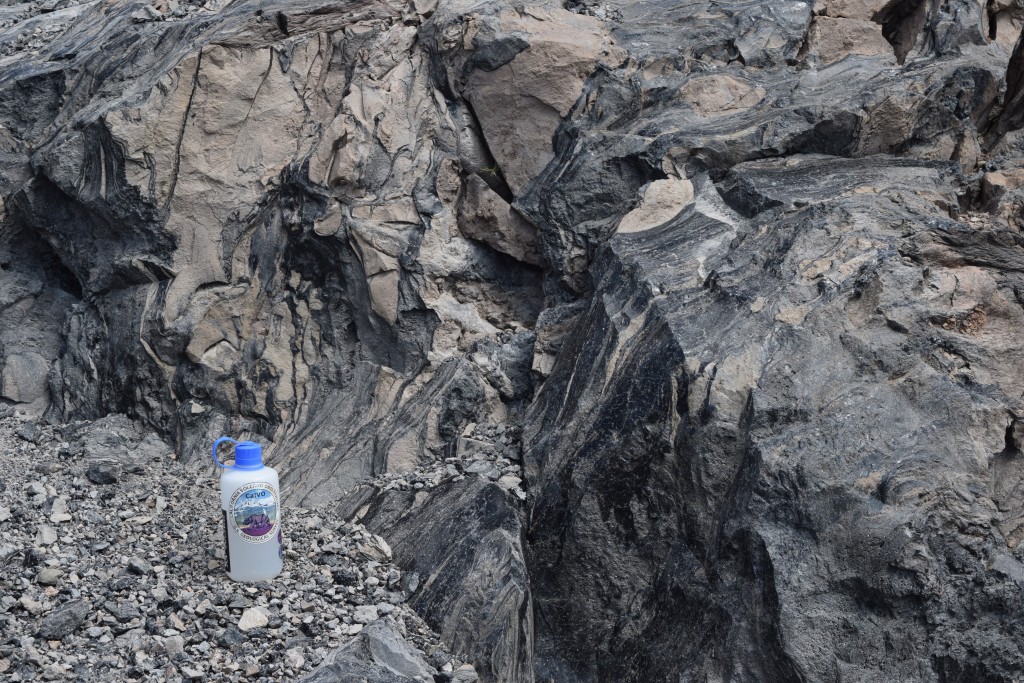
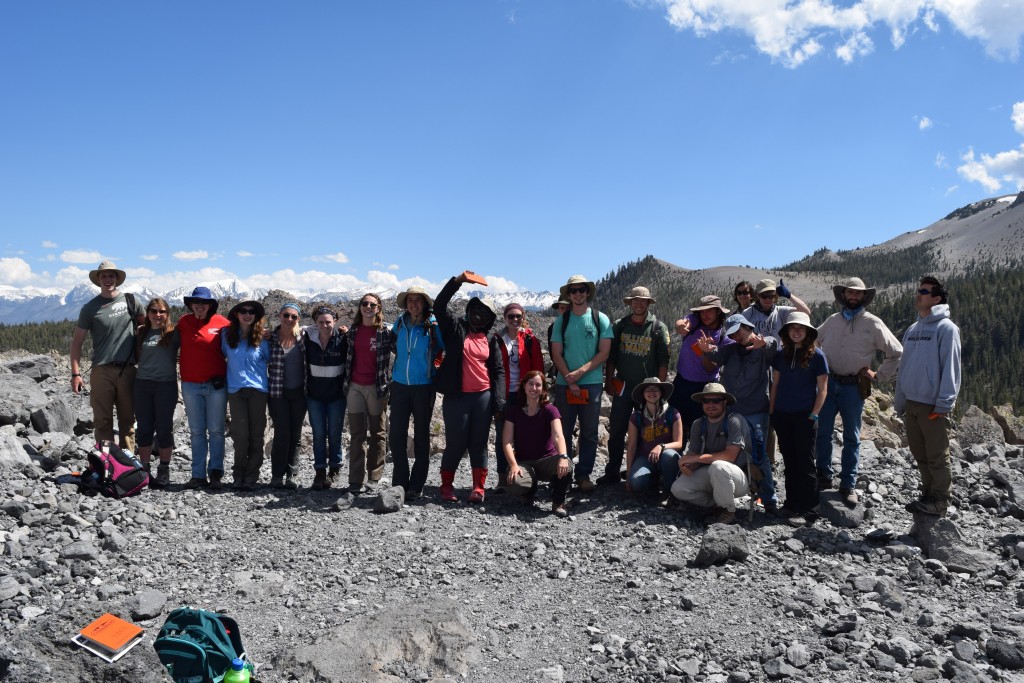
 Jessica Ball is a volcanologist at the U.S. Geological Survey, researching volcanic hydrothermal systems and stability, and doing science communication for the California Volcano Observatory. She previously worked at the Geological Society of America's Washington DC Policy Office, learning about the intersection of Earth science and legislative affairs. Her Mendenhall postdoc and PhD focused on how water affects the stability of volcanoes, and involved both field investigations and numerical modeling applications. Her blogging covers a range of topics, from her experiences in academic geosciences to science outreach and communication to her field and lab work in volcanology.
Jessica Ball is a volcanologist at the U.S. Geological Survey, researching volcanic hydrothermal systems and stability, and doing science communication for the California Volcano Observatory. She previously worked at the Geological Society of America's Washington DC Policy Office, learning about the intersection of Earth science and legislative affairs. Her Mendenhall postdoc and PhD focused on how water affects the stability of volcanoes, and involved both field investigations and numerical modeling applications. Her blogging covers a range of topics, from her experiences in academic geosciences to science outreach and communication to her field and lab work in volcanology.